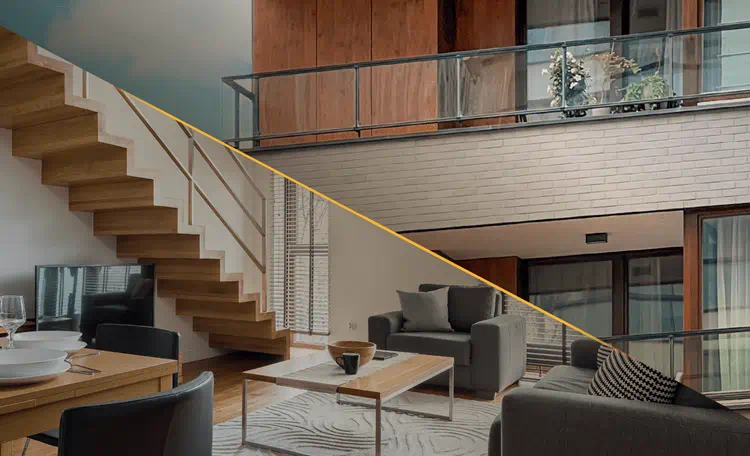

Insights
Most recent

MarketBeat

MarketBeat
Industrial & Logistics
Research
Investor

Research • Investment / Capital Markets
Canadian Cap Rates Perspective Report
Get the latest commercial real estate cap rates in major Canadian markets.
Research • Valuation
Canadian Seniors Housing Industry Overview
Research • Investment / Capital Markets
Kristina Garcia • 5/23/2023
Hospitality

MarketBeat

MarketBeat
MarketBeats

MarketBeat

MarketBeat
Retail

Research • Investment / Capital Markets
Canadian Cap Rates Perspective Report
Get the latest commercial real estate cap rates in major Canadian markets.
Research • Valuation
Canadian Seniors Housing Industry Overview
Article • Workplace
Juana Ross • 12/12/2024
Technology
Research • Technology
U.S. Data Center Development Cost Guide

Article • Technology
Boosting Renewables and Cutting Emissions with ENERGY STAR® NextGen™
Research • Technology
Gregory Rogalla • 7/25/2024
Research • Technology
John McWilliams • 1/18/2024
Article • Technology
Robert Sammons • 11/18/2022
Featured MarketBeats

MarketBeat

MarketBeat

MarketBeat

MarketBeat

MarketBeat

MarketBeat

MarketBeat

MarketBeat

MarketBeat

MarketBeat
Global Insights
Research
Global Data Center Market Comparison

Podcast • Economy
Cushman & Wakefield: Behind the Numbers
Research • Economy
Trump 2.0 The First 100 Days Implications for the Economy & Property
Research • Economy

MarketBeat
European Nursing Homes MarketBeat
Insights • Economy
Tariffs and the Impact on Asia Pacific





















